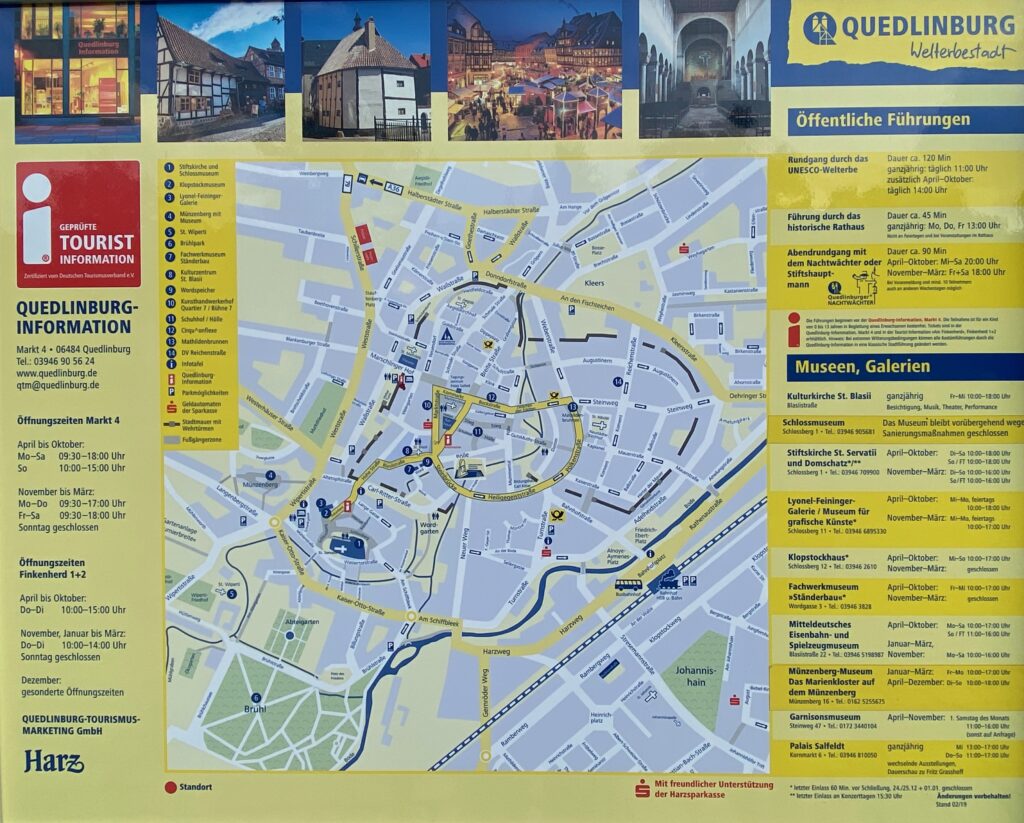10 reasons to visit Quedlinburg
Quedlinburg: Rich in history, but very lively
UNESCO World Heritage City Quedlinburg

Cultural monuments in Quedlinburg
Quedlinburg’s Old Town encompasses an area of some 80 hectares, all of which has been listed by UNESCO as a world heritage site. An outstanding example of a European city of medieval origin which has been preserved throughout the centuries, Quedlinburg is distinguished by its exceptional architectural heritage of Romanesque and half-timbered buildings, many of remarkably high quality. Buildings of all styles and epochs make Quedlinburg the perfect place to study the development of half-timbered building techniques and styles throughout the ages.
Quedlinburg was at the heart of the East Franconian Empire at the time of the Saxon dynasty – the rule of the Ottonians. Founder of the Saxon Dynasty was King Henry I., elected by the assembled dukes of the German tribes and crowned in 919. Quedlinburg`s Castle-Hillbecame one ofhis favorite seats of residence. Thus it was here that he was laid to rest after his death in 936. In that same year and on the same hill, his widow Mathilde established a ladies’ convent, endowed by Henry`s successor, Otto I. (the Great), with considerable wealth and political influence. The collegiate church of St. Servatius on a hill above the old town is an architectural masterpiece which also houses a famous collection of church treasures. St. Servatius and the thousand-year-old Wiperti Church in the nearby fields, together with the remains of a Monastery of St. Mary on the neighboring Münzenberg hill still reflect the prestige that Quedlinburg enjoyed as political and cultural metropolis of the German empire at a time when German lands were stillin the process of evolution into what was to become their later political fabric.
The Old Town of Quedlinburg with its 1,200 half-timbered houses from six centuries and its medieval urban profile offer an extraordinary example of a medieval European city. The collegiate church, St. Servatius, with the graves of the first German King Henry I. and his wife Mathilde together with the recently returned church treasures constitute a Romanesque architectural masterwork.
Quedlinburg – Three Travel Tips: the Ottonian vaulted cellars in the castle, the Abbey garden and Münzenberg Hill.
